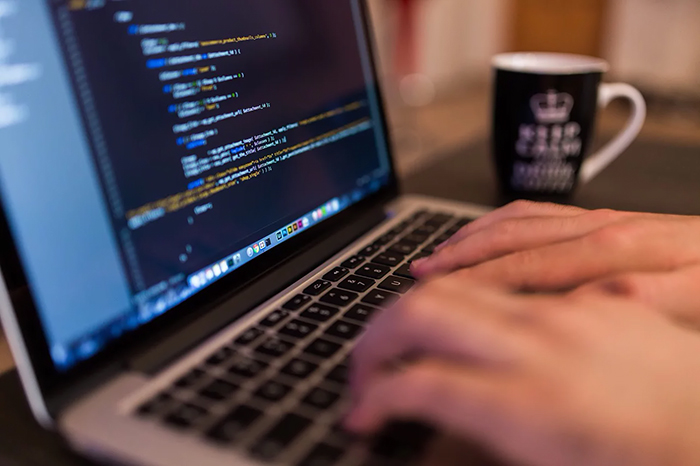Coronavirus is changing education
Coronavirus is changing education at this point it might seem like an understatement. When the news about the coronavirus broke out, people all around the world were shocked. Every country was forced to change the way it operates.
The coronavirus pandemic affected the economy, forcing businesses to slow down or shut down completely. It affected tourism and even education. Schools from all over the world no longer allowed face-to-face interactions between students and teachers. Distance learning became the new norm.
As schools come to terms with their new system of education, people start to wonder if this would be the new normal. Teachers, students, and parents may no longer be able to go back to the way things were.
As of mid-March, the Organization for Economic Cooperation and Development estimated that more than four hundred million children are affected by school closures all over the world. What’s more, a lot of countries have decided to have partial localized closures.
Because of this, millions of students were forced to be home-schooled, particularly in countries such as Italy, Iran, China, and South Korea. Such changes have truly resulted in inconvenience. Nevertheless, they have also resulted in educational innovation.
At present, everyone is preparing for the so-called “new normal” in which people-to-people interaction would be limited. This means that the traditional academic setting will no longer be implemented.
What are the changes that we may expect?
For starters, schools would be forced to adopt and accept technological innovations. Those who refuse to give in to this notion would be left behind as everyone continues to move forward. Technology should be used to improve processes, empower teachers, and make education more student-centric.
Teachers would also be empowered by technology. Moving forward, teachers are expected to embrace technology to learn and engage with students. Training sessions would consist of blended models that combine online and on-demand learning, as well as a handful of in-person practice sessions.
The current practices of using social media, smartphones, and other online facilities would continue. Teachers would still coach and teach students via video calls or Google Classroom. They would still conduct meetings via video conferences and submit lesson plans via email or Google Drive.
Coronavirus is changing education: 1.2 billion students affected
The coronavirus pandemic has resulted in educational institutions closing all over the world. More than 1.2 billion students are actually out of their classrooms.
To help slow down the spread of the virus, students would continue to learn at home via live television broadcasts and interactive apps. They can also learn from modules provided by their educational institutions and instructors.
Online learning that is cloud-based is expected to be part of the new normal. Education has indeed dramatically changed, with the rise of e-learning in which teaching is done on digital platforms and remotely.
According to researchers, online learning increases information retention and takes less time. Hence, even though the coronavirus may be here to stay, children can still learn effectively through digital learning platforms.
In addition, tuition would be disrupted as a result of the Covid-19 crisis. It would significantly move online since advanced learning can now be done from the homes of students.
Adapting to new lifestyles & technology
Data-based personalization would also make teaching more student-centric. Children tend to learn at their own pace, from their current level, and in their own way. Schools are generally mass education-based models. Due to Covid-19, they are forced to accelerate their adoption of technology for education.
On a brighter side, everyone is also expected to live in harmony with nature. Although the coronavirus pandemic has brought havoc to society, it has also made people understand the importance of maintaining an ecological balance, as well as knowing more about the natural world. Likewise, it has also made them re-evaluate their priorities and lifestyles.
Moreover, private and public educational partnerships may also grow in importance. In recent weeks, learning consortium, as well as coalitions, have started to take shape. The stakeholders are diverse, including publishers, governments, tech providers, telecommunication network operators, and education professionals.
Come together
Everyone has come together to make use of digital platforms as a solution to the coronavirus crisis. Even though this may merely be temporary, it has already shown promising results. In fact, in countries wherein education is primarily funded by the government, this can become a consequential and prevalent trend to future education.






